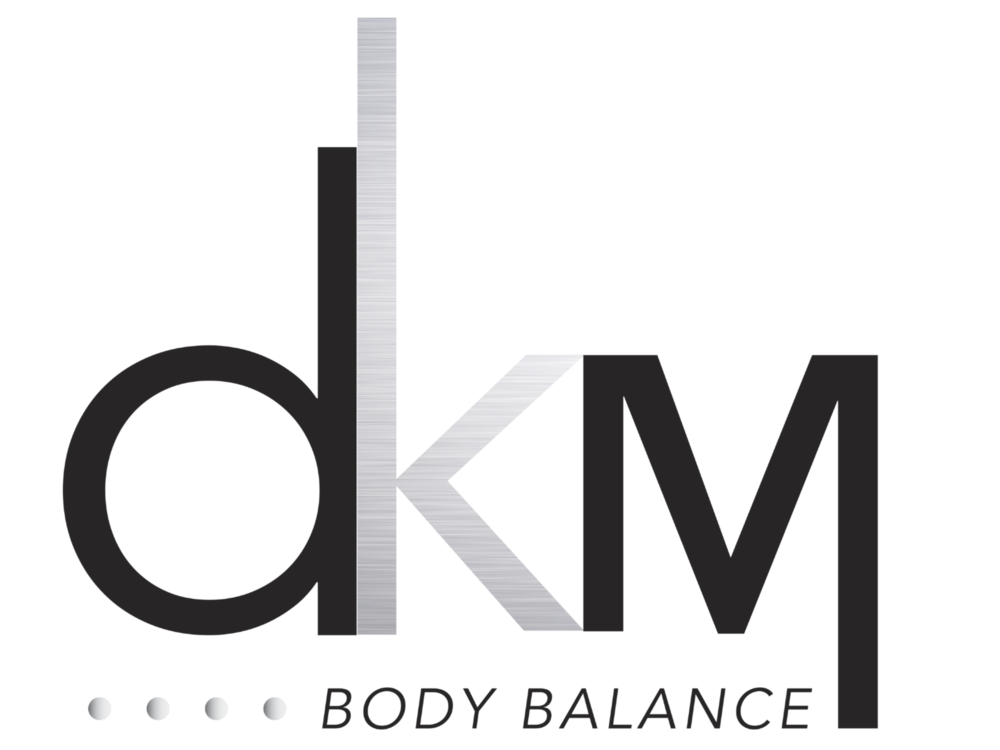In recent years, chiropractic care has seen a surge in the popularity of high-velocity spinal decompression techniques like the Y-Strap and Ring Dinger. These methods, often showcased in dramatic online videos, claim to provide quick relief for spinal tension and disc-related issues. However, as a chiropractor in Cabo San Lucas, I believe it’s crucial to take a step back and assess both the risks and benefits of these techniques before deciding if they should be a part of patient care.
What Are the Y-Strap and Ring Dinger?
The Y-Strap technique involves placing a harness-like strap around the skull and applying a sudden, forceful traction along the spine. The goal is to create space between the vertebrae, potentially relieving pressure on nerves and improving mobility.
The Ring Dinger, a registered technique by Dr. Gregory Johnson, follows a similar concept but uses a manual, full-spine decompression thrust while the patient is lying on their back. It’s designed to provide immediate relief, particularly for patients with compressed discs or chronic spinal issues.
Possible Benefits
Supporters of these techniques argue that they:
Provide rapid decompression of the spine, which may help with conditions like disc bulges or pinched nerves.
Offer a unique, full-spinal adjustment that some patients find effective for pain relief.
Can be beneficial for those who have not responded well to traditional adjustments or conservative care.
The Risks and Concerns
While some patients report relief, these techniques are not without risks. These include:
Excessive force: The rapid nature of the adjustment can put significant stress on the spine, potentially leading to muscle strains, ligament sprains, or even disc injuries.
Cervical spine concerns: In the case of the Y-Strap, the sudden traction on the neck may pose risks for patients with pre-existing cervical instability, osteoporosis, or undiagnosed vascular issues.
Lack of long-term research: These techniques are relatively new, and while short-term benefits have been observed anecdotally, we lack comprehensive studies on their long-term safety and effectiveness.
My Professional Take
Having personally tried the Ring Dinger, I experienced some short-term relief, but I didn’t feel that it provided any lasting improvement. Full disclosure: I only underwent one treatment, which isn’t enough to form a definitive personal opinion on its overall effectiveness. While I understand why some patients seek out these treatments, I believe they carry too much risk compared to gentler, more controlled forms of traction. As any experienced practitioner will tell you, there are times when part of our responsibility is protecting the patient from themselves.
In my Los Cabos chiropractic practice, I focus on individualized treatment plans that prioritize patient safety. I prefer methods that allow for controlled spinal decompression, using traction instruments for the neck and lower back that progress slowly to the specific tolerance of each patient. These approaches provide relief while minimizing the risks associated with high-velocity spinal traction. I also rely on tools like MRI scans and X-rays, when available, and patient response to ensure a clear, personalized path to recovery.
Final Thoughts
The Y-Strap and Ring Dinger adjustments are certainly eye-catching, and for some patients, they may provide temporary relief. However, without long-term studies and with the potential risks involved, I do not incorporate these techniques into my Los Cabos chiropractic clinic. Instead, I advocate for evidence-based, patient-centered care that prioritizes safety and sustainable spinal health.
If you're in Cabo San Lucas and dealing with spinal issues or disc-related pain, contact our Los Cabos chiropractic clinic today to schedule a personalized consultation. We’ll assess your condition and recommend the best approach for your specific needs. Chiropractic care is about more than just dramatic adjustments—it’s about finding the right solution for long-term well-being.

